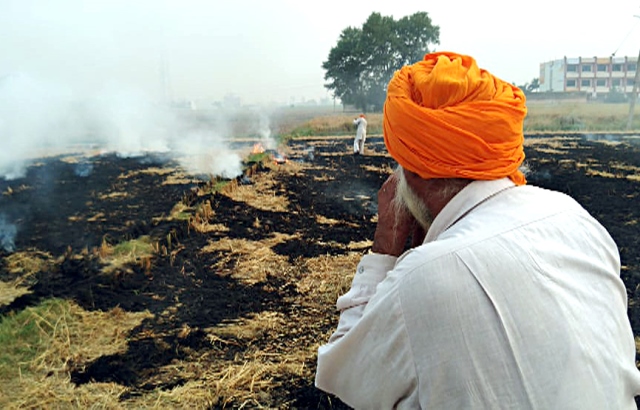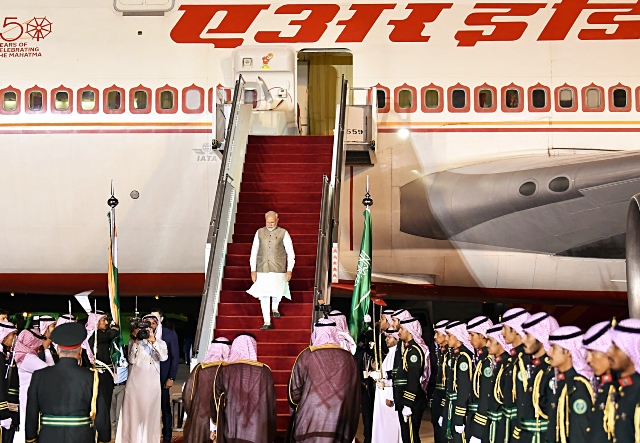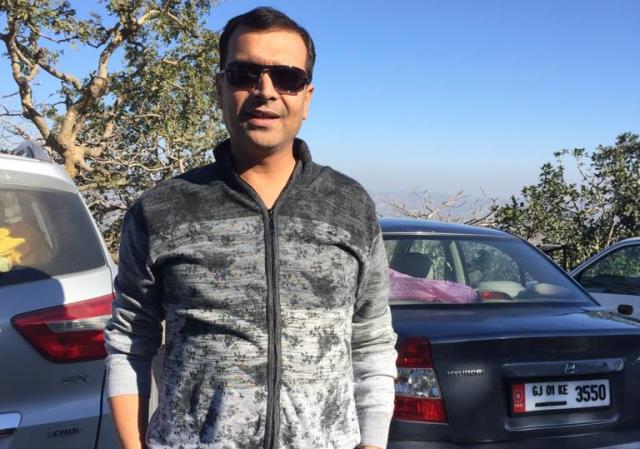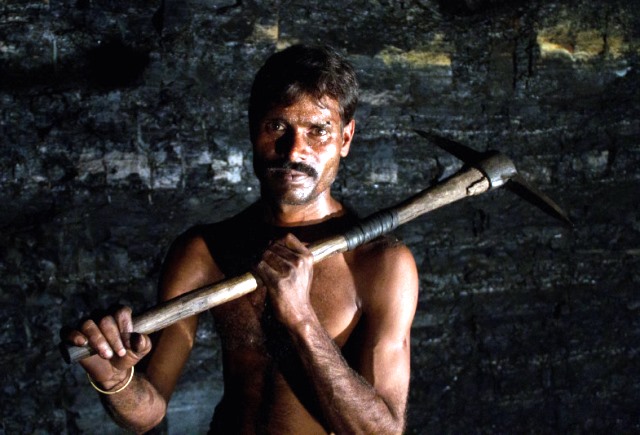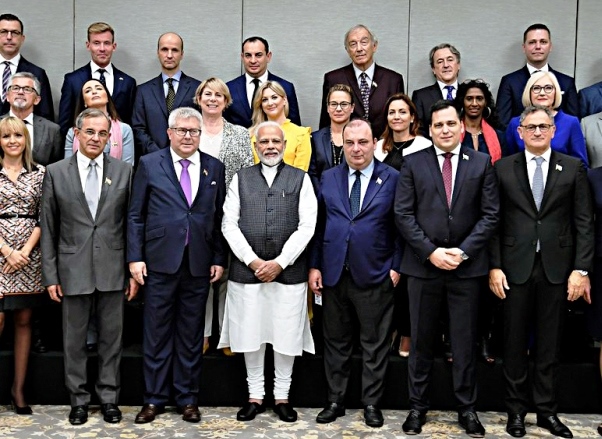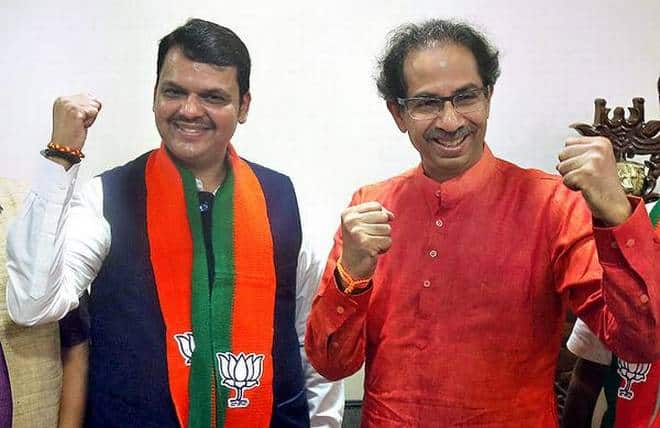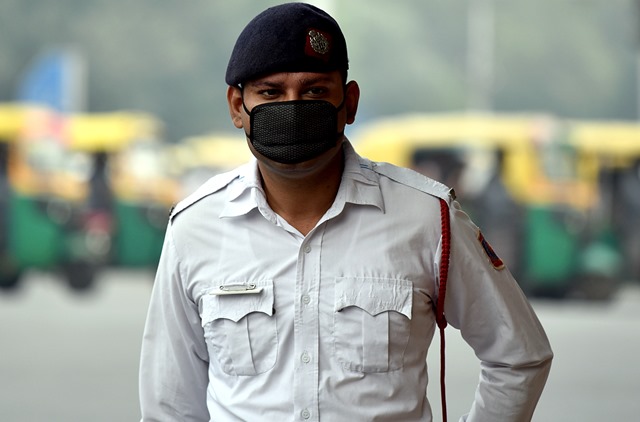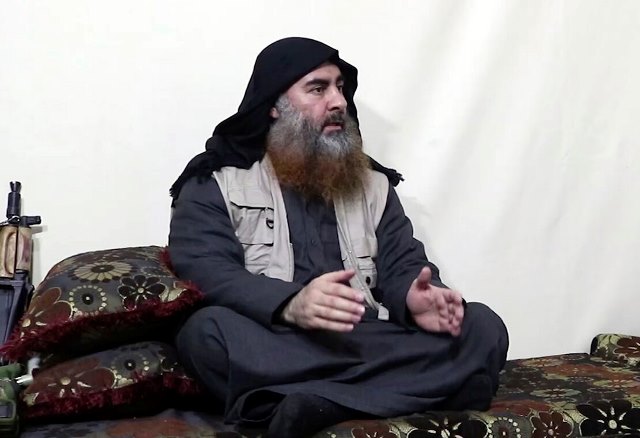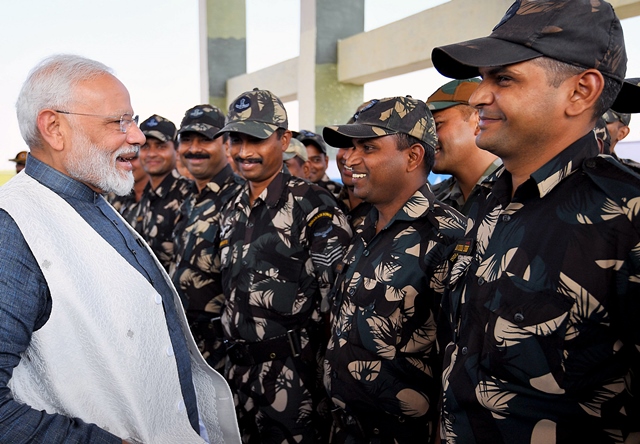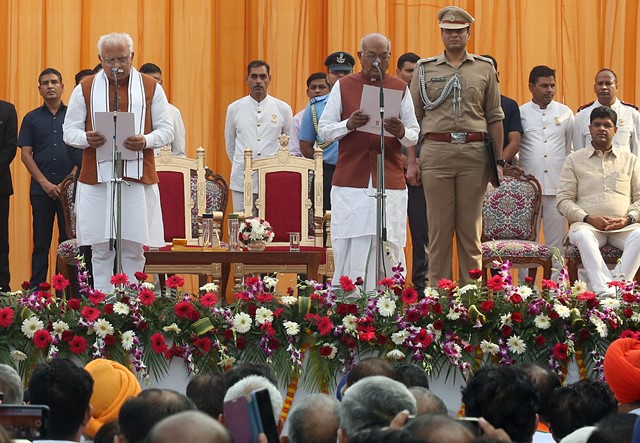The challenge for Indian bureaucrats from
the level of district magistrate to chief secretary, on whose shoulders rest
welfare-oriented administration of a state, is to understand well “local
aspirations” and then create condition for their fulfilment. Indian
administrative services, inherited largely from the British Raj but with many
amendments and improvements since Independence, require young recruits to spend
a good number of years in districts to have a feel of the challenges facing
Bharat, distinct from urban India, before they are moved to state capitals or
to the Centre.
Orissa chief secretary Asit Kumar Tripathy,
who remembers his days long time in the past at Rourkela, which figures
prominently in the national map as a major steel producing centre, where he was
additional DM, admits that “local aspirations” for jobs and economic
opportunities in several mineral producing centres in the state have remained
largely unfulfilled. Tripathy makes a particular reference to Keonjhar
district, which “makes a significantly large contribution to the state’s iron
ore production, but is still without a steel plant.”
Such a venture, ideally to be undertaken by
the private sector or in its absence by a union government owned undertaking,
would create thousands of jobs directly and in the tertiary sectors requiring a
variety of skills. These may not be available at Keonjhar at this point. But
skills impartation to the local youth is a challenge that the state is ready to
undertake.
Orissa’s endowments in the form of abundant
natural resources such as iron ore, bauxite, coal and chrome ore should lead to
job creation outside agriculture in mining and equally importantly in their
local processing. Many see in the rise in demand for local processing of
industrial raw materials instead of allowing their easy movement across the
country a spurt in sub-nationalist sentiment. This may not be in conformity
with the idea of India. But then the challenge for state level leaders is to
take care of “local aspirations” for economic opportunities. We have not as yet
found way to strike a balance between the two pulls.
The gross state domestic product (GSDP)
growth in Orissa in recent years has been better than many states and also higher
than the country’s GDP growth rate. Commendably, the eastern state grew at 8.4
per cent in 2018-19 compared with 7.4 per cent in the previous year. Orissa will
be required to advance sustainably at a high rate and ensure that the resulting
benefits percolate down to weakest sections of society. Incidentally, Orissa is
next only to Bihar among the country’s bigger states to have the maximum number
of people below the poverty line. According to Niti Aayog SDG India Index
Baseline Report, 32.59 per cent of population of Orissa exist below the poverty
line against 33.74 per cent in Bihar.
No one will grudge the state claiming
credit for a higher rate of growth of 6.6 per cent over a seven year period in
per capita income to Rs75,796 when the national average was 6.1 per cent. But
where are the evidences except for the information provided in the state
economic survey that the average monthly household income in agriculture where
close to 48 per cent of workers are engaged has continued to rise since 2012-13
that the condition of the poorest of the poor is improving at a desired rate? As
has been seen in many states, including Andhra Pradesh, Chhattisgarh and
Orissa, people below the poverty line swell the ranks of Maoists.
Poverty alleviation will demand more and
more mineral deposits are put to auction for opening of new mines. Mineral
deposits are found in remote places where there is hardly any economic
activity. Official data show the Orissa mining sector contributes 10.8 per cent
to GSDP. A friendlier disposition to mining by way of giving clearances quickly
and lowering state levies on the basis of discussions with miners will see in a
few years the sector’s share in GSDP going up by quite a few notches. Boosting
minerals production will only be half the battle won. At a recent brainstorming
session in Delhi with steel industry leaders by the steel ministry, Tripathy
regretted that even while Orissa government had been proactive in reserving
land in abundance in places like Kalinganagar, Rourkela and Keonjhar, “land
capacity utilisation” had remained low to the disappointment of state
administration.
According to the latest survey by the
Indian Bureau of Mines, in the country’s iron ore resources of 31.32bn tonnes,
the share of Orissa is 7.2bn tonnes, largest among all states. Not only this,
the state which accounts for around half the country’s production of iron ore,
extracted 118.5m tonnes in 2018-19, up 12.8 per cent over the previous year. So
Tripathy’s disappointment is understandable that so much ore is leaving the
state instead of being processed within. But at the same time what is to be
taken into account is his admission that at “about 30m tonne crude steel
capacity, logistics concerning moving steel making ingredients from mines and
ports to steel mills and then egression of finished steel products is a
nightmare.” The primary reason for nightmarish state of logistics, as is
underlined in the economic survey is the very poor rail connectivity in the
principal mining and steel production centres.
Chief minister Naveen Patnaik says: “The
state generates revenue in excess of Rs15,000 crore for the railways. Yet the entire
route length in Orissa is only around 2,500 km with a density of 16, which is
much less than the national average of 20. What is more, it is hugely lower
compared to adjoining states like West Bengal with density of 43.4 and
Jharkhand 24.3.” The minerals and metals industries suffer the most from
shortages of wagon rakes during the summer when the railways are required to
give “high priority” to move coal to power plants. What kind of pressure
steelmaking brings to bear upon logistics becomes understandable when what
Tripathy says is considered: For every tonne of steel, three tonnes of raw
materials are to be moved to mills and then finished products are to be sent
out to domestic and global markets.
The available logistics in the form of rail
and road transport is not found good enough to support steel capacity of 30m
tonnes. One then wonders how will Orissa, which is supposed to have a share of
100m tonnes in the country’s projected 300m tonne steel capacity build up by
2030-31 support that big an industry with the available infrastructure. Till
now, signs are not there of rapid development of infrastructure. Tripathy sees
in building of “multimodal transportation in which the state’s two major rivers
Brahmani and Baitarani will pay a major role” the answer to logistical
challenges emerging from the steel industry. River transportation much in use
in the US and Europe to move dry bulk cargoes is cost effective and environment
friendly. At the same time, Orissa’s railway network for movement of goods
needs rapid beefing up.
